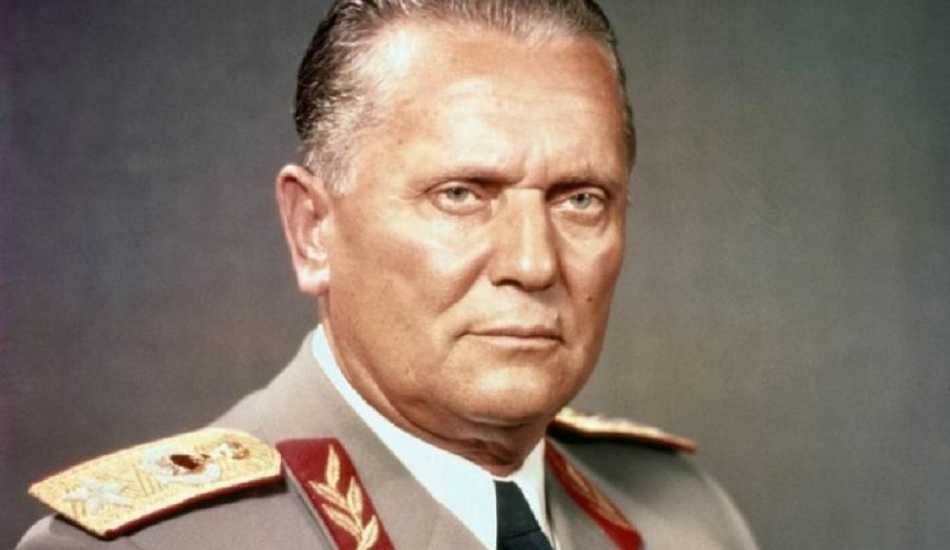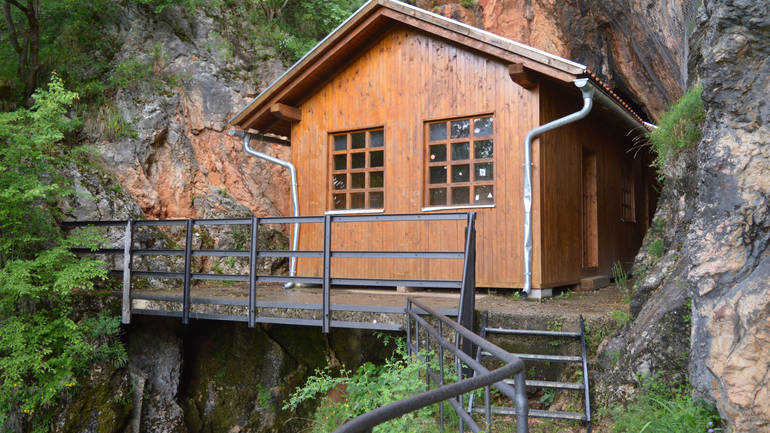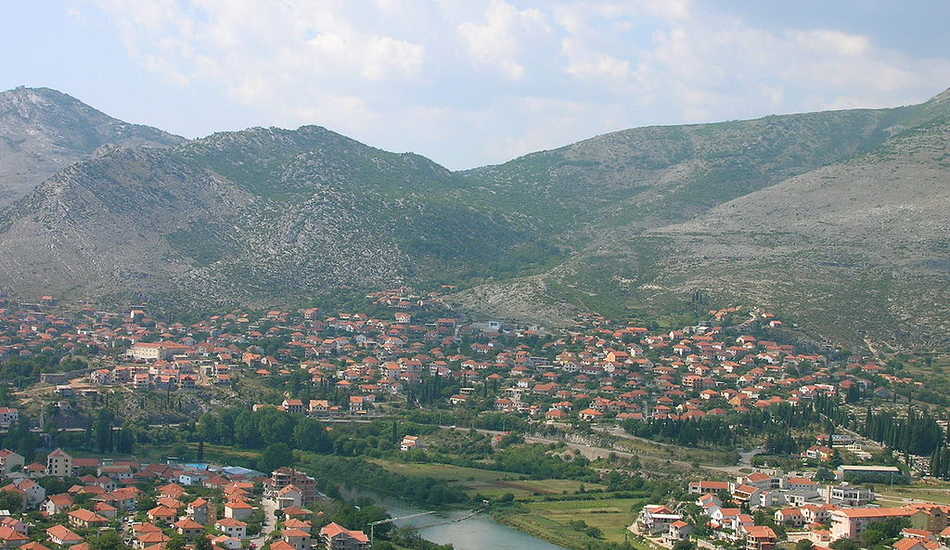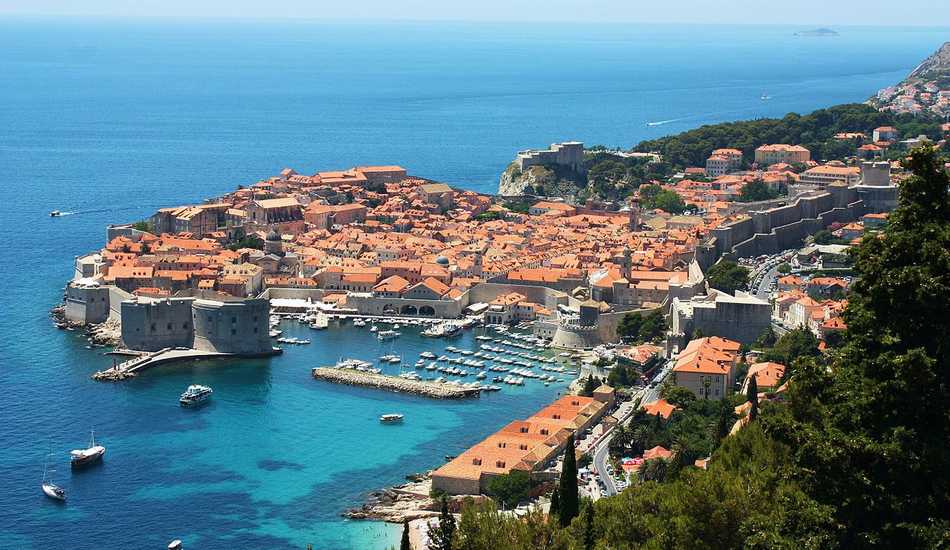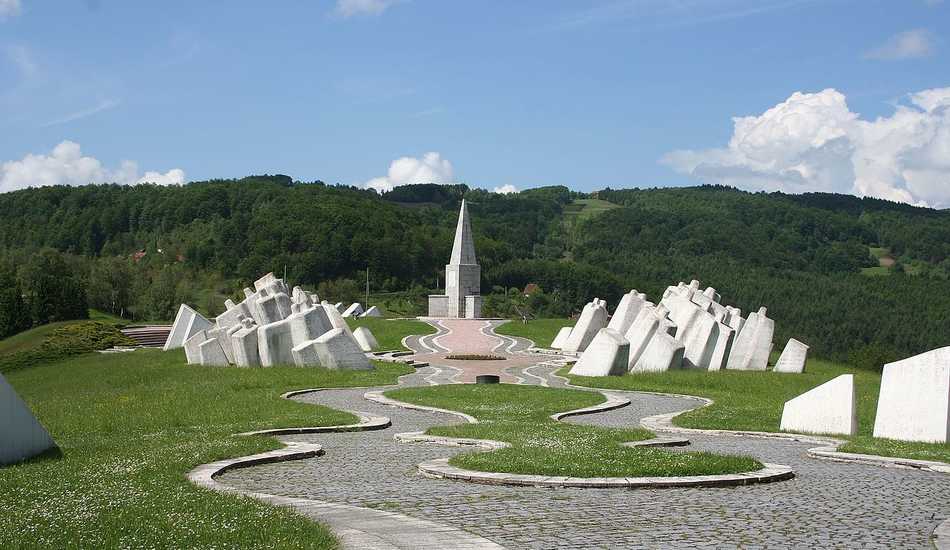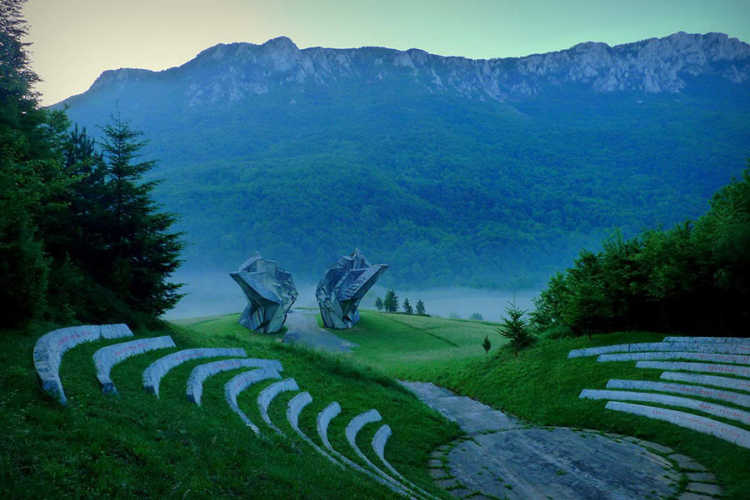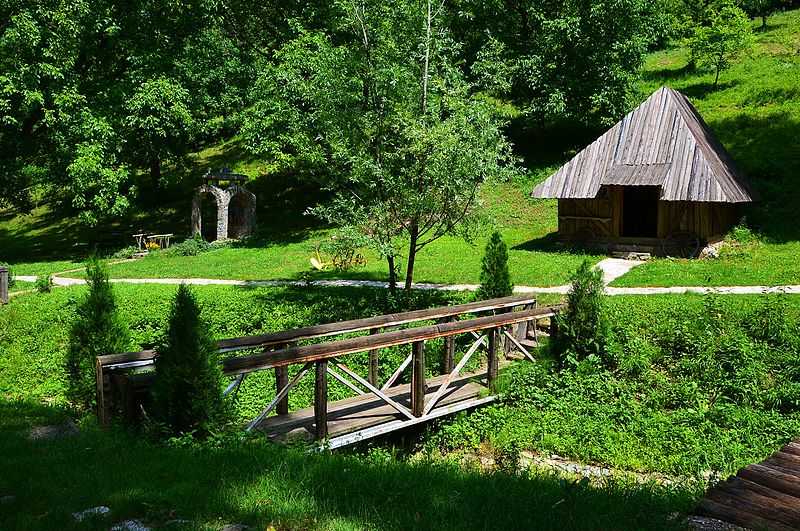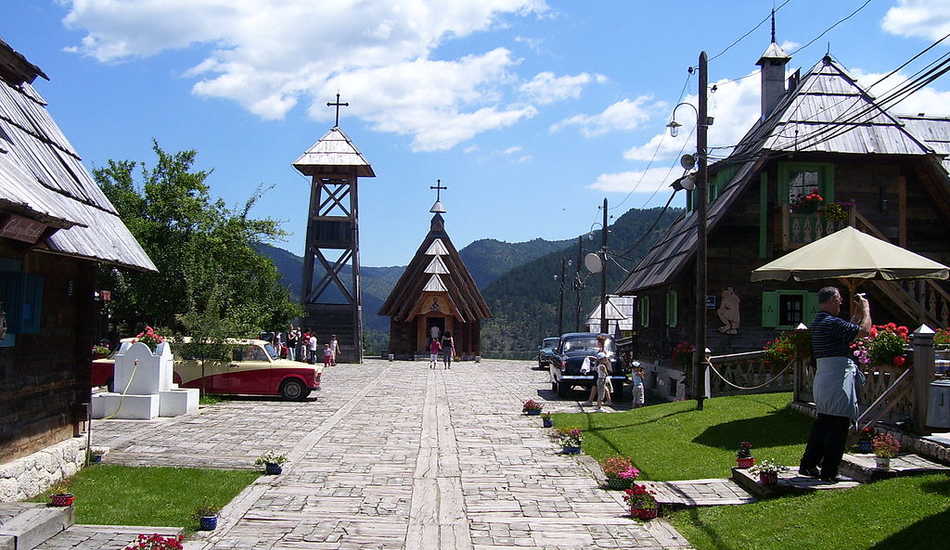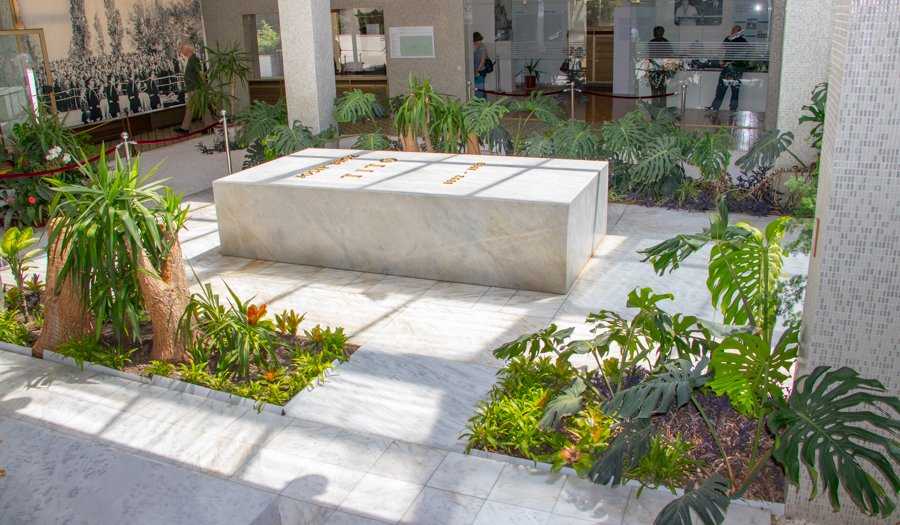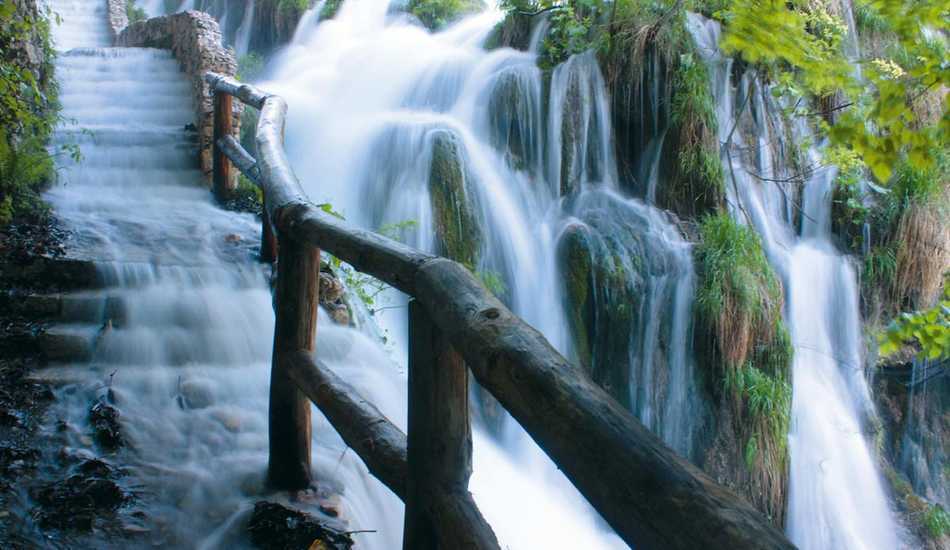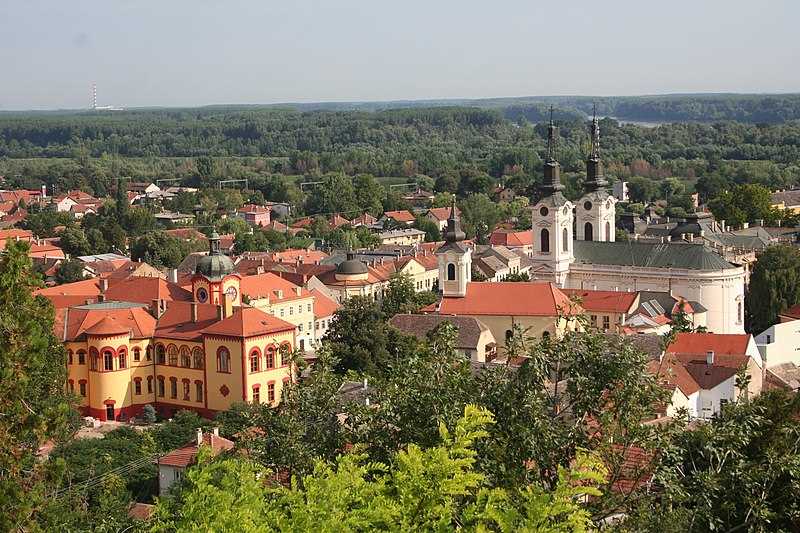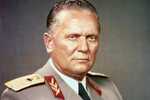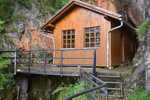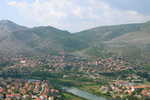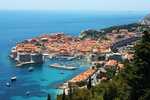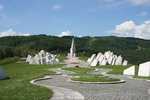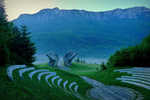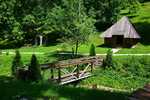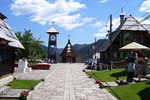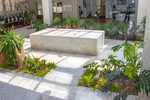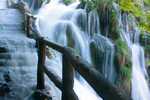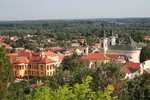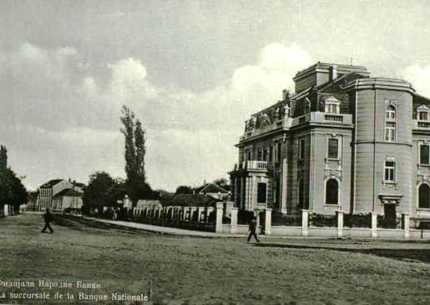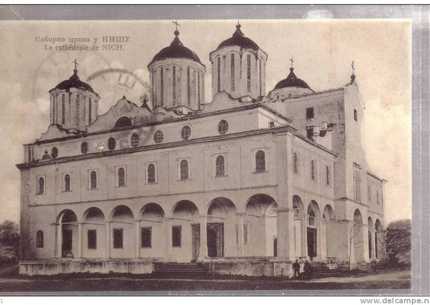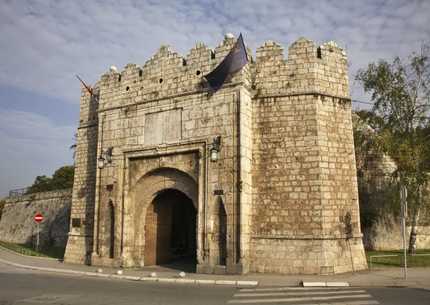Abstract:
This is not an ordinary touristic tour, but a spectacular journey through time and places related to former President of Yugoslavia, as well as through natural, historical and cultural gems of Serbia.Tour description:
Tour description:
This is no ordinary tourist trip, but an educational tour during which you will hear interesting stories about former Yugoslav lifelong president, Marshal Josip Broz Tito. During this unique adventure, you will visit the most famous places of celebrated battles from World War II, as well as those visited by Tito, one of the most prominent figures of the last century. Besides, you'll see numerous natural beauties, mountains, and lakes, enjoy delicious specialties and meet people of the most diverse regions in Eastern Europe.
Day 1, Nikola Tesla Airport – Belgrade (D), approx. 30 km
Arrival at the Belgrade Airport Nikola Tesla. Optional transfer to the hotel in the center of Belgrade. After a short rest and gathering, our professional tour guide will start the tour in the old, bohemian part of the city, famous Skadarlija, in Tito’s favorite restaurant. You’ll be served delicious traditional food and listening to the tamburitza orchestra which will add to your experience. Overnight at 4* hotel in the center of Belgrade.
Day 2, Belgrade (BD) approx. 25 km
After breakfast, we'll set off to a full day sightseeing tour of Belgrade. One thing which is absolutely a “must-do” is the underground tour of the city. The tour will take you to the most important historic parts of Belgrade,
which is so attractive because it hides more than a hundred caves, channels, tunnels, passages, and incredible stories. We'll hear interesting stories about Tito’s political games and spy secrets from the era of the Communist Information Bureau. During this tour, we'll travel into earlier centuries when the Ottomans and Austrians ruled this area. At the end of the tour, we’ll enter one of the underground canals form the time when Serbia finally became an independent state and have a wine tasting to round up this adventurous journey through the Belgrade past era. We'll continue to the Kalemegdan park and the Kalemegdan fortress, where you’ll have an opportunity to enjoy some of the best views to the city and the confluence of the Sava and Danube Rivers. The fortress, which not only boasts of its monumental proportions, is also an important cultural and historic complex of Belgrade. Continue walking to the old city of Belgrade (pedestrian zone) and Knez Mihailova Street all the way to the Republic square up next to the National Museum and Theatre, where the group will take a bus and ride to the House of Flowers. The House of Flowers is a resting place of the former Yugoslav president Josip Broz Tito and it is a part of the Museum of Yugoslav History Complex. In addition, the complex includes the 25th May Museum and the Old Museum. This is the most visited museum in Belgrade, an important symbol of one time and ideology, which ruled in the region for almost half a century. While visiting the House of Flowers, we'll also see the collection of Tito’s army uniforms, presents he received from numerous statesmen and batons which were once used for presenting birthday wishes from people from all republics of Yugoslavia. Dinner on a boat during an evening cruise on the Danube and the Sava rivers. Overnight.
Day 3, Belgrade – Sremski Karlovci – Petrovaradin – Novi Sad – Belgrade (BD) approx. 195 km
After breakfast, we depart to Sremski Karlovci, a small baroque city seated on the spot where Fruška Gora slope kisses the bank of the Danube. It is one of the most important spiritual and cultural centers of Serbia. During the rule of the Austrian-Hungarian Empire in the 18th and 19th centuries, it was the religious and cultural center of the Serbian nation. In the city, which is the seat of Serbian metropolis, famous for good wine-houses, wine cellars and high-quality wines with a 17 centuries-long history, we'll taste the best wines and continue to the Patriarchy, Orthodox Church and The Chapel of Piece, the exceptional monument where famous Karlovci Peace had been signed between the Christian Alliance and Turkey in 1699.
Stop at the grandiose Petrovaradin Fortress, located on the right bank of the Danube River, the most famous and most visited historic monument of Novi Sad. During World War I, Tito was arrested and briefly imprisoned in the Petrovaradin Fortress for distributing anti-war propaganda. It was added to the Spatial Cultural-Historical Units of Great Importance list, and it is protected by the Republic of Serbia. Follows Novi Sad tour, the city which is declared as European Capital of Culture for 2021, sightseeing walking tour where you'll visit the Liberty square, The Name of Mary Church, The Church of Saint George, Zmaj Jovina street, pedestrian area of Novi Sad, Patriarch's Palace, the Dunavska street and the Dunavski Park. Dinner in a farm restaurant where you'll enjoy traditional specialties. Return to Belgrade at evening hours. Overnight in the 4* hotel in Belgrade.
Day 4, Tito's Blue Train Tour to the Užice Republic
After breakfast, we’ll take you to a unique trip – a train ride by The Blue Train, the luxury tourist train once used for the needs of the former president of the SFR Yugoslavia, Josip Broz Tito. The interior of the train was made in the style of art deco and after more than half a century its appearance remained unchanged. This train last operated on the route between Ljubljana and Belgrade on May, the 5th when Tito's remains were transferred to the capital. What follows is a pleasant ride, during which you'll feel like you are the president of a country. You'll travel in a mobile luxury suite equipped with luxurious lounges, rooms, restaurants, dining rooms, bathrooms and all other amenities that gave former President Tito complete comfort. During the ride, you will be served a drink of your choice and a hot drink, and you'll hear a story about the history and interesting facts about the Blue Train. One of them is that the train houses the so-called "deaf room" in which Tito made state decisions and held confidential talks. In his study room, in which he signed the important state Acts, there is also a kind of precursor to a mobile phone, which he used as early as 1959 for contacting the senior officials in Yugoslavia. These are the details we'll reveal to you - everything else is a big (pleasant) surprise! Arrival to Uzice. Visiting the museum exhibit of the Uzice Republic and underground ammunition factories, Partisan Square and the Old Town.
A transfer to 4* hotel on Zlatibor follows. After a short rest at the hotel, follows dinner at the hotel with a music program with the theme of returning to the time of Partisans, Tito, pioneers, fraternity and unity with music from all the former Yugoslav republics, and the old pop-rock era of the former Yugoslavia! In addition to the specialties of the Uzice region, there will be a variety of buffet specialties served with some that were a favorite of Josip Broz Tito. Overnight at the Zlatibor.
Day 5, Zlatibor –Užice - Kadinjača – Zlatibor (BD), approx 80 km
After breakfast, we depart to Užice, the city which gained attention during World War II, when it was the first city liberated by the Partisan's resistance forces from the Nazi occupation. Within the former Yugoslavia, after the World War II, Užice was renamed as “Tito’s Užice”, and it was one of eight cities renamed as Tito’s town in Yugoslavia. For a few months, Josip Broz Tito created there an independent state called the Republic of Užice. Today, the remnants from the Republic of Užice are housed in the city museum. Visit The National Museum of Užice, which has two separate buildings, built just before World War II as a National Bank, founded in 1947 with the mission of collecting and studying the cultural and political history of the town. In front of the museum, we'll get a chance to see the five meters high statue of this former leader. Also, we'll visit The Kadinjača Memorial Complex dedicated to fallen soldiers of the Workers' Battalion, officially opened by Josip Broz Tito and it for the immovable cultural property of outstanding value. This complex consists of three parts: Užice Republic amphitheater, Workers' Battalion Alley and the Square of freedom. Continuing to famous Drina's house, located on a small rock in the middle of the Drina River where it defies nature and amazes people. Dinner follows (specialties of traditional Serbian cuisine). Return to Zlatibor and overnight at the hotel.
Day 6, Zlatibor – Mokra Gora – Mećavnik – Andrićgrad (BD) approx. 80 km
After breakfast, we depart from the hotel for a scenic ride on the Šargan Eight, a narrow-gauge railway that once had linked Belgrade to Dubrovnik. Experience breathtaking landscapes of Mokra Gora mountain from this vintage train that is quite specific in yet another way: in order to make a rapid ascent, the train needs to pass through more than 22 tunnels in just over 15 km, making a figure eight – hence its name. Our journey ends at the Mećavnik village (a.k.a. Drvengrad), initially built as a movie set for the movie “Life is a miracle“ by Emir Kusturica, the Serbian famous film director. Today, the village is a holiday resort featuring traditional timber Serbian houses. Film festivals are also hosted there. Continue to Andrićgrad, a tourist, cultural, administrative and educational complex situated on the peninsula between the rivers Drina and Rzav, at some 300 meters from the famous Višegrad bridge. Check-in at the 3* hotel. Free afternoon for individual activities. Dinner at the hotel restaurant. Overnight in Višegrad.
Day 7, Andrićgrad – Sarajevo (BD), approx. 125 km
After the breakfast, sightseeing tour of Andrićgrad, which was created according to an idea of the filmmaker Emir Kusturica, who was inspired by the characters of novels written by Ivo Andrić, the Nobel Prize Winner. It is, in fact, a vision of how the city of Višegrad might have once looked. We'll have a chance to see a mixture of different styles and periods that were changing through history in this area: Byzantine style, Ottoman period, Renaissance, Classicism, etc.
Leisure time for the individual activities until departure to Sarajevo, the capital of Bosnia and Herzegovina. Check-in at 4* hotel in this fascinating city. Dinner in a traditional restaurant in Baščaršija where we'll taste the most famous specialties from this part of the Balkans. Overnight at the 4* hotel in Sarajevo.
Day 8, Sarajevo – NP Sutjeska, Tjentište – Trebinje (BD), approx. 315 km
After the early breakfast, the group will take a sightseeing city tour - Marshal Tito barracks, Avaz Business and the famous places from World War II in the capital of Bosnia and Herzegovina. Later walking tour and visit City hall, Spot house, Streets of handcrafts, Bascarsija square with Sebijl fountain, Karavan Seray that used to be a resting place for tradesmen that once traveled in caravans, Gazi Husrev bey’s mosques and Madresa – Islamic school. Visit of Bay's mosque, the biggest Islamic structure in this part of the world.
Ride to Sutjeska National Park, the oldest national park in Bosnia, which played a significant role in the history of Yugoslavia and Partisan movement, because it was where the Battle of Sutjeska took place - one of the greatest battles of World War II. Visit the Battle of Sutjeska Memorial Monument in the Valley of Heroes near the Bosnian village of Tjentište and the grave of Sava Kovačević, one of the main commanders of this battle. Visiting the place where the supreme commander Josip Broz Tito was wounded. Departure to Trebinje, the city that lies in the Trebišnjica river valley, at the foot of the Leotar mountain, in southeastern Herzegovina, some 30 km (19 mi) from the road from Dubrovnik, Croatia, on the Adriatic coast. Check-in at 4* hotel in Trebinje. Leisure time. Sightseeing tour of this wonderful city. There are several watermills along the river, bridges, including three in the city of Trebinje itself, as well as a historic Ottoman Arslanagic bridge nearby. Trebinje is said to be a "the city of the sun and platan trees", and it is one of the most beautiful cities in Bosnia and Herzegovina. Dinner in one of the most popular wineries in this area. Overnight in Trebinje.
Day 9, Trebinje – Dubrovnik - Mostar (BD), approx. 175 km
After breakfast, departure to Dubrovnik, a stunningly intact walled medieval city on the Adriatic Sea coast, at the very south of Croatia. Sightseeing tour of the city, one of the most prominent tourist resorts of the Mediterranean and listed as a UNESCO World Heritage Site since 1979. Dubrovnik is steeped in stunning architecture and sculptural detail and is home to spectacular churches, monasteries, museums, and fountains. Free afternoon for individual activities. Departure to Mostar. Dinner in the traditional restaurant. Overnight at 4* hotel in Mostar.
Day 10, Mostar – Jablanica – Konjić - Jajce (BD), approx. 215 km
After breakfast, check out from the hotel and sightseeing tour of the city of Mostar. This city is a pearl of multi-ethnic architecture and culture. The Old Bridge, built by the Ottomans in the 16th century, stands for one of Bosnia and Herzegovina's most recognizable landmarks and is considered one of the most exemplary pieces of Islamic architecture in the Balkans. We continue to Jablanica, where you'll hear a story about the famous Battle on the Neretva River, a battle held to save over 4,000 wounded partisans, against the joined German, Italian, Ustasha and Chetnik forces in February and March 1943. Commander of the partisan forces Josip Broz Tito ordered the destruction of the bridge. The breakthrough of the partisans was not performed in the direction that German commanders expected but was carried over the river Neretva in Jablanica. This battle was entered in all military textbooks in the world. Leaving Jablanica, we continue all the way to Konjic, to visit Tito’s bunker. This 6.500 square meters wide bunker was one of the most expensive structures in the former Yugoslavia. It took 26 years to build it (from 1953 to 1979) and it was designed to withstand nuclear war and shelter communist leaders and army. Leisure time.
Departure to Jajce, a vividly town in north-western Bosnia, where the Socialist Yugoslav Republic was founded in November of 1943. The city is put on a list of UNESCO cultural heritage. Check-in at 3* hotel in Jajce. Sightseeing walk tour around the walls of this ancient city. Dinner in a traditional restaurant. Overnight.
Day 11, Jajce – Drvar– Plitvice Lakes – Otočac (BD), approx. 310 km
After an early breakfast, check out from the hotel in Jajce and departure to Drvar. A visit Tito’s cave, located on the slope of the hill Gradina, at about 23 meters above the river bed of the Unac River. Tito used this cave during the time of the attack on Drvar by the German paratroopers on May 25th, 1944. Leisure time until departure to Croatia. Visit Plitvice Lakes National Park, one of the oldest national parks in Southeast Europe and the largest national park in Croatia. In 1979, Plitvice Lakes National Park was added to the UNESCO World Heritage register. The national park was founded in 1949 and is situated in the mountainous karst area of central Croatia, at the very border to Bosnia and Herzegovina. The national park is world-famous for its lakes arranged in cascades. Currently, 14 lakes can be seen. These lakes are a result of the confluence of several small rivers and subterranean karst rivers. Departure to Otočac, a town in Croatia, former bishopric and present Latin Catholic titular. Check-in at 4* hotel in Otočac, dinner in the hotel restaurant. Overnight.
Day 12, Otočac – Pula (BD), approx. 275 km
After breakfast, departure to Pula, the largest city at the Istria Penninsula in Croatia. Transfer to The Brijuni Islands, one of the gems of Istria. This group of islands consists of two larger islands, Big and Small Brijun, and 12 islets. Inhabited in the prehistoric period, are particularly valued as a wonderful space in the Ancient Roman times, when, as well as in the whole of southern Istria, are popping up the mainly large country estate with luxury villas. Since 1947. year, the Islands became the official summer residence of Josip Broz Tito, and it remains so until his death in 1980. In this period, new luxury objects were built and renewed, together with parks, glades, and forests. In this period the Brijuni Islands were visited by the most prominent statesmen, and some of the historical political meetings were held there. Way back to Pula, check-in at 4* hotel. Dinner in a nice restaurant in the city. Overnight.
Day 13, Pula – Kumrovec – Zagreb (BD), approx. 385 km
After breakfast, departure to Kumrovec, the birthplace of the former Yugoslavian President Josip Broz Tito. We’ll visit his birth house in the center of the village which has stayed unchanged since Tito's childhood, together with the interior of the Old school that Tito once attended. Leisure time until departure to Zagreb, the capital of Croatia, the city which combines vibrant, modern energy with plenty of old charm and graciousness. The town center is filled with elegant Austro-Hungarian buildings housing fashionable boutiques, renowned restaurants, rowdy pubs, and scruffy beer halls. Sightseeing tour of the city in which we’ll visit the most important cultural and historical places. Check-in at 4* hotel in Zagreb. Dinner in one of the traditional restaurants in the center of the city. Overnight.
Day 14, Zagreb - Zagreb Airport (B), approx. 25 km
After breakfast, check out of the hotel. Optional transfer to the Zagreb Airport.
Additional info:
Price for 5 PAX: 2826 Euros per person
Price for 8 PAX: 2419 Euros per person
NOTE: There is a possibility of organizing tours in other periods, provided that at least 15 people apply.

